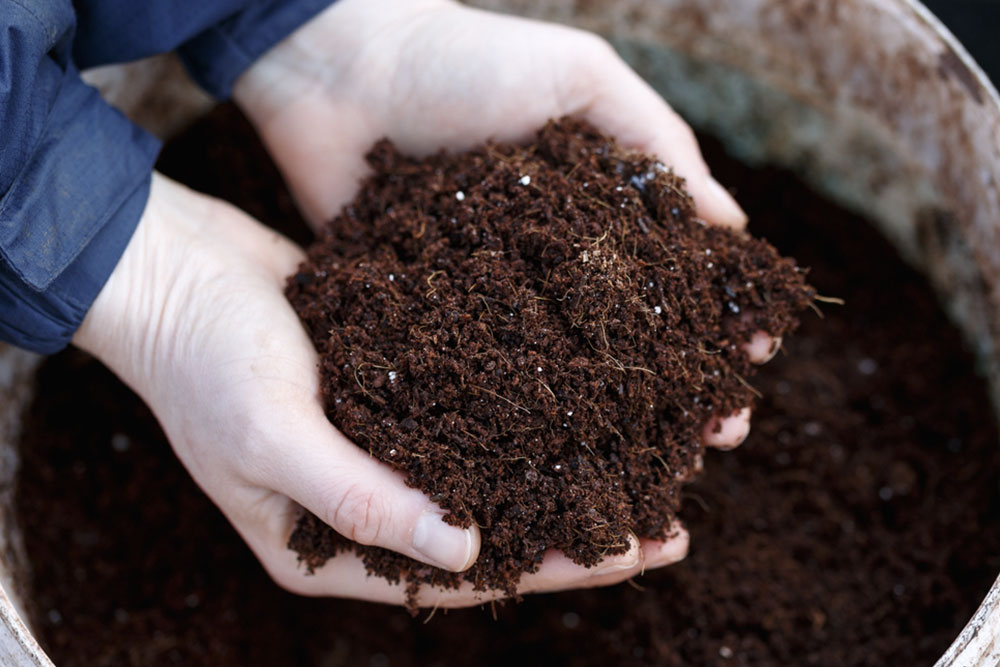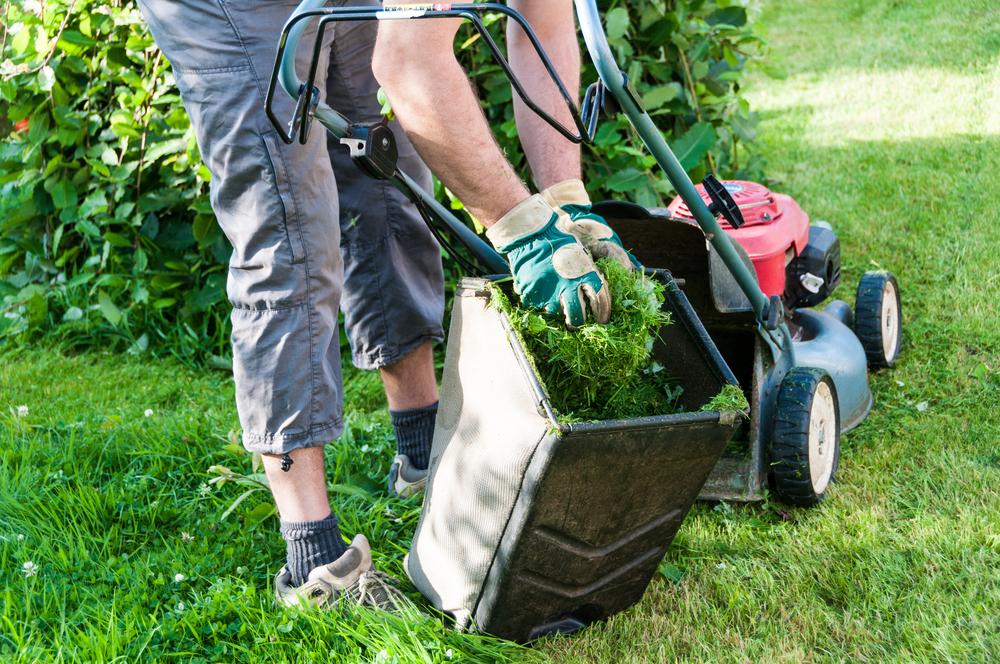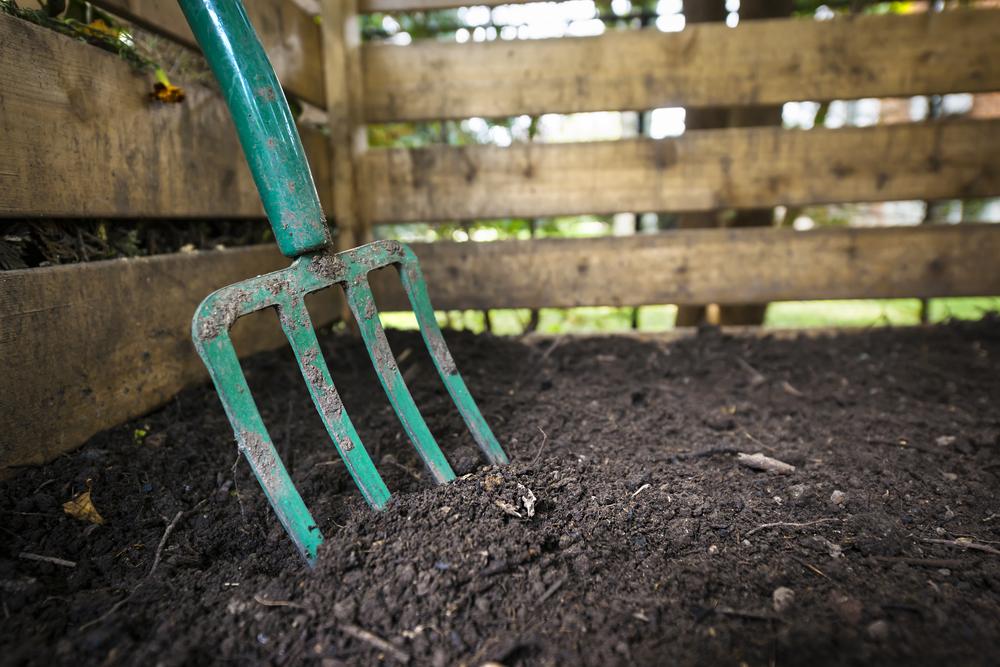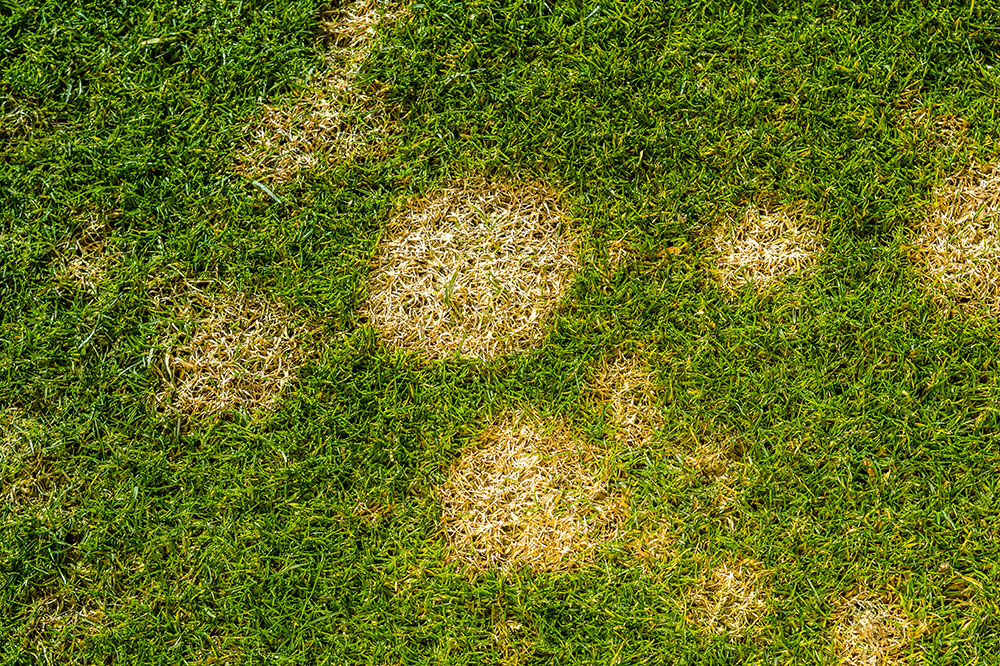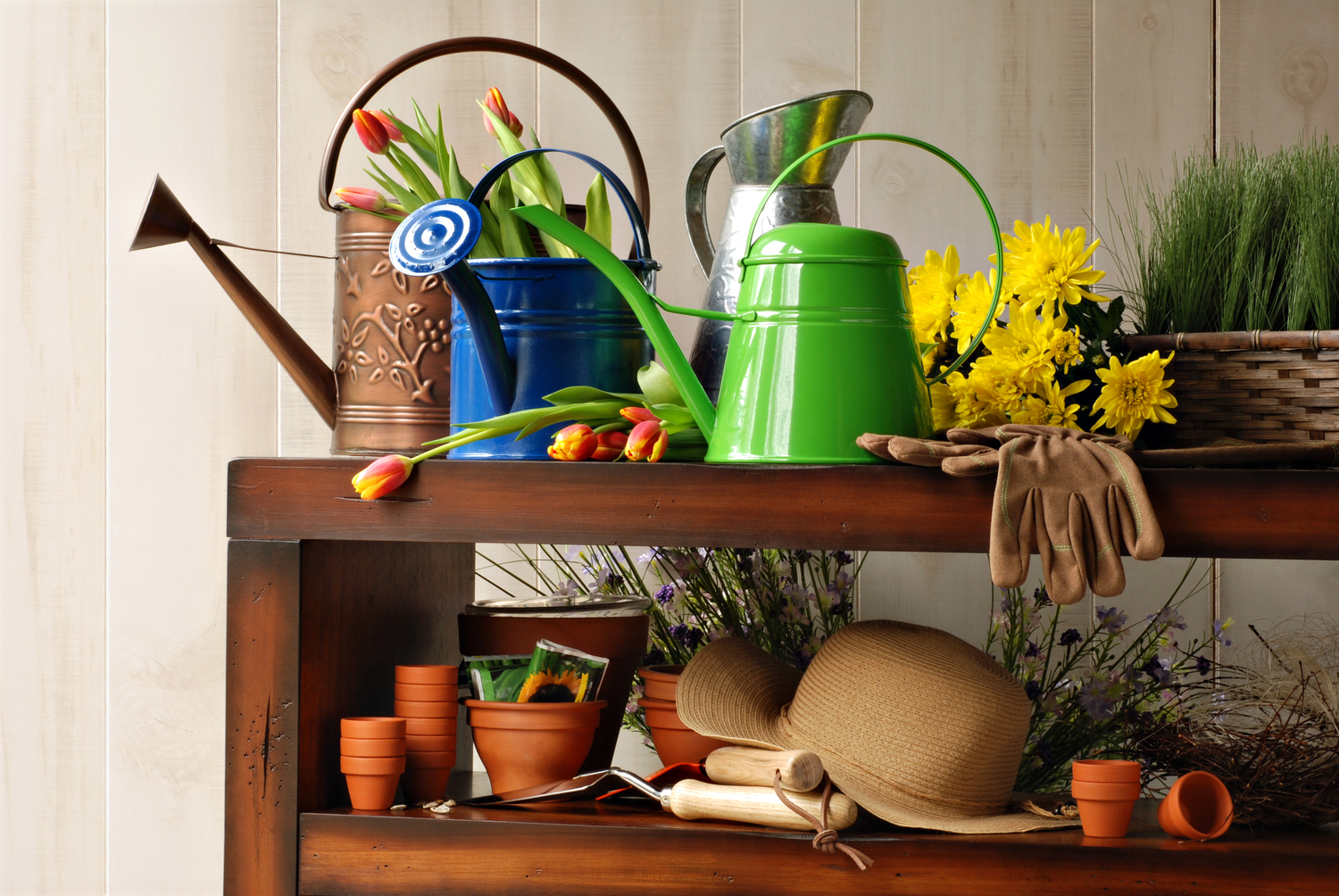Essential Organic Nutrients for Healthy Hydrangeas
Discover natural, eco-friendly ways to nurture your hydrangeas with organic fertilizers like Epsom salt, coffee grounds, banana peels, compost, and wood ash. These methods enhance soil quality, promote vibrant blooms, and support healthy root growth without synthetic chemicals. Suitable for gardeners seeking sustainable gardening practices, these tips help maintain colorful, thriving hydrangeas across seasons. Incorporate these organic solutions for greener, more resilient plants and a sustainable garden environment.
Sponsored
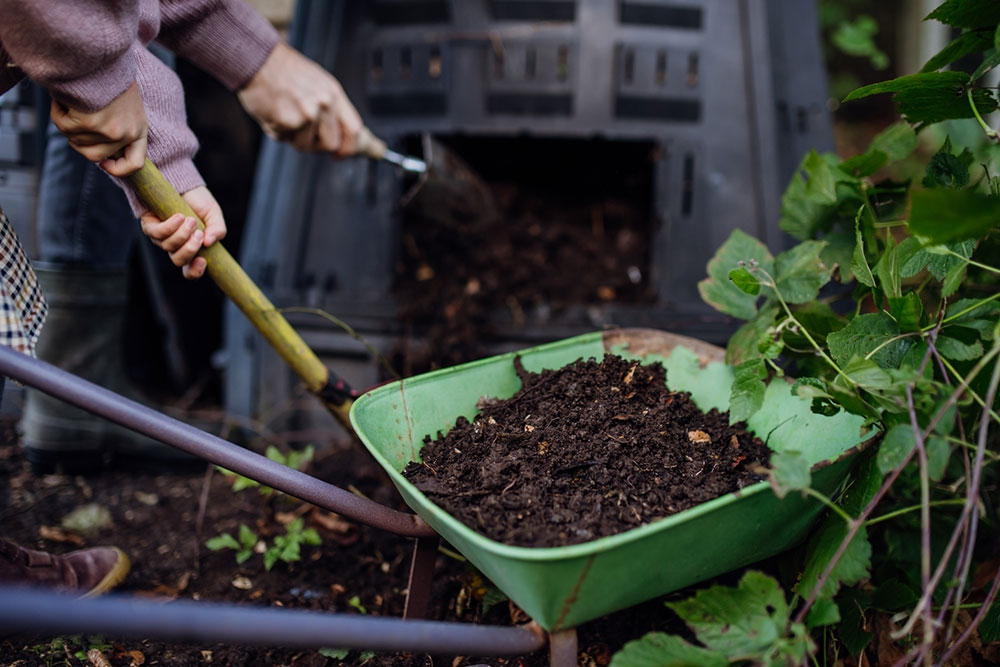
Essential Organic Tips to Nourish Hydrangeas
Hydrangeas are beloved for their lush, colorful blooms, often in shades of blue. These large flower clusters can weigh down the stems, requiring proper nourishment for optimal growth. While chemical fertilizers are available, opting for natural options protects the blooms from synthetic substances. The right organic fertilizers can enhance color, promote flowering, and ensure healthy root development. Using natural nutrients is a sustainable way to maintain vibrant hydrangeas and enrich garden soil effectively.
Top 5 Organic Fertilizer Choices for Hydrangeas
Magnesium Sulfate (Epsom Salt)
Combine one tablespoon of Epsom salt with one gallon of water, mixing well. Apply during the growing season.
Advantages
Safe and non-toxic for plants
Boosts chlorophyll production for greener leaves
Enhances flower and bud development
Strengthens roots for stability
Encourages better nutrient absorption
Note: Use sparingly, especially if soil already supplies sufficient magnesium. Limit application to once a month.
Coffee Grounds
Use two cups of used coffee grounds steeped in five gallons of water. After a few days, strain and water your hydrangeas with this brew.
Advantages
Reduces soil pH, making it more acidic
Supports healthy growth and vibrant blooms
Check soil pH beforehand; maintained acidity with pH under 6.5 is ideal for hydrangeas.
Banana Peels
Chop 2-3 banana peels and bury near the root zone, or dry and grind them to sprinkle around the plant. Decomposition releases potassium essential for flowering.
Advantages
Promotes bright, healthy flowers
Boosts overall plant vigorLimit to 2-3 peels per plant per season. Avoid soaking or using fresh peels directly in water.
Homemade Organic Compost
Mix kitchen scraps, vegetable trimmings, and yard waste, allowing earthworms and microbes to break down the material. Use this dark, crumbly compost as a mulch or soil amendment. For new plants, dig in 3-5 inches of compost before planting; for established hydrangeas, spread 4-6 inches around the base.
Advantages
Improves soil drainage and structure
Increases nutrient content accessible to plants
Enhances overall soil health without harming roots
Apply additional feeding during summer if necessary in hotter regions.
Wood Ash
Apply a thin layer of wood ash around the base, avoiding direct contact with stems or leaves. Use approximately 1 cup per square meter, lightly mixing into the topsoil and watering afterward.
Advantages
Raises soil pH, making it more alkaline
Strengthens plant cell walls
Enhances flowering and growth
Improves soil aeration and nutrient uptake
Use cautiously and avoid treated or painted wood ashes. Young branches are preferable for application due to higher potassium content.
Other Organic Options for Hydrangea Care
Manure: Animal manure provides nitrogen and minerals; apply around the plant when soil is moist.
Nettle Tea: Steep 1 kg of fresh nettle leaves in 10 liters of rainwater for two weeks, then water plants with this nutrient-rich liquid.
Vegetable Cooking Water: Allow cooked vegetable water to cool and use it to water hydrangeas as a nutrient boost.
Vinegar Solution: Dilute one cup of white vinegar in a gallon of water to turn pink hydrangeas blue by adjusting soil pH.
Eggshells: Crush dried shells and spread around plants; they supply calcium for overall strength and cell development.

